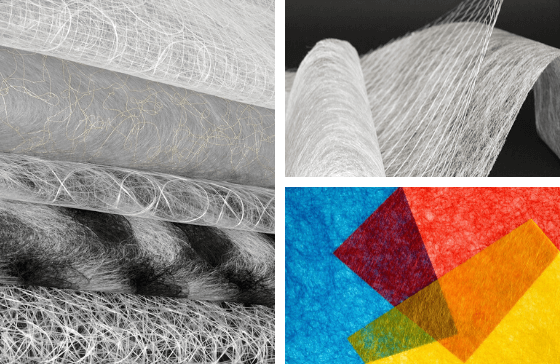Comparison of Spunbond, Meltblown and Spunmelt
Spunbond is continuous filament. It consumes less energy and requires high equipment investment. It is difficult to change varieties. Meltblown is short fiber. It consumes a lot of energy but has low equipment investment. It is easy to change varieties. Generally, spunbond nonwoven fabrics require the melt index of slices to be between (30~40)g/10min, while the meltblown nonwoven fabrics require the melt index of the slice to be between (1200~1500) g/10min, which is produced by the non woven machine.
Spunmelt products are based on spunbond layers, with high strength, good abrasion resistance, and high transition efficiency, barrier properties, resistance to hydrostatic pressure, particle penetration resistance, shielding and appearance of the intermediate meltblown layer. Uniformity, resulting in good filterability, liquid barrier properties and opacity. But its cost and equipment investment are very high, and the production technology is difficult.

Application
Since the fiber diameter of the meltblown bonded fabric is small and the filtration performance is good, it is often used as a breathable barrier material. Among all the fabrics made by the meltblown method, more than half are used as filter materials in the medical, pharmaceutical and industrial fields. It can flow away the large and small dust and bacteria in the air. Adsorbent materials, wipes and packaging materials are the second largest consumer segment.
Spunbond method is used to make stronger materials, which are used in napkin covering materials, roofing backing materials, materials for the automotive industry and carpet backing, and disposable medical, pharmaceutical, health care and environmental protection products and other fields .
Spunmelt nonwoven fabric has excellent air permeability and filterability, high hydrostatic pressure resistance, soft hand feeling and other excellent characteristics. It is especially suitable for the hygiene market. It is made into masks, surgical gowns, women's sanitary napkins and baby diapers, surgical gowns, surgical wraps, surgical cover cloths, sterilization bandages, wound patches, plaster patches, etc. It is a high-quality processing material for advanced sanitary cloth.
Development Prospect
At present, there are mainly spunlaid (spunbond and meltblown), spunlace, needle punched, stitchbonded, chemical bonding, thermal bonding, SMS composite nonwoven technology equipment. In terms of production capacity and output, the fastest growing nonwoven industry in China in the past two years are spunlace, spunbond and pulp airlaid processes, followed by needle punching and thermal bonding. The nonwoven fabric market has gradually moved towards high-grade, and many companies and products have strong international competitiveness.
In recent years, the consumption of high-grade nonwoven fabrics made of composite bi-component or multi-component and microfibers has increased rapidly, mainly in two directions. The first is the development of fibers to the micro direction. The main advantages of fine denier nonwoven fabrics with soft hand feel, high strength, uniform network formation, large specific surface area, good air permeability and anti-liquid permeability, and they are good transition materials. The second is to develop in the direction of functionalization. Through functional additives or functional finishing, the products can obtain flame retardant, antistatic, anti-ultraviolet, antibacterial, anti-aging, hydrophilic, dehumidification, washing resistance, light resistance and other functions.




